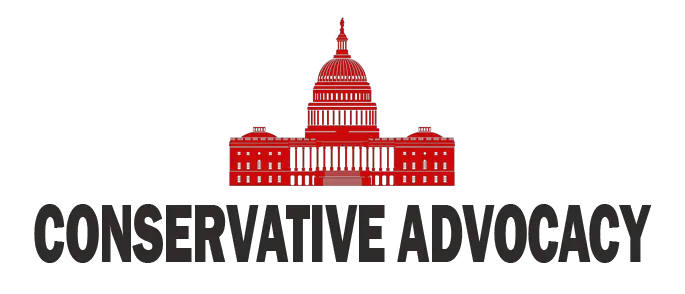In recent days, New Yorkers faced a troubling incident that has reignited debates surrounding public safety and law enforcement in the city. An active shooter situation unfolded in a high-rise building, prompting a massive response from the New York Police Department (NYPD). The police were quick to act, but questions lingered about the implications of staffing shortages and the leadership of the city’s political figures in this crisis.
When a 911 call about the shooting came in, it took mere moments for the distressing news to spread like wildfire among the NYPD ranks. Dispatchers received numerous calls verifying the incident, indicating it was not just a false alarm. Once confirmed, a wave of responders descended upon the scene, showcasing the incredible coordination and dedication of law enforcement officials. Despite being aware of their under-staffing issues, officers from different precincts and specialized units rushed to provide immediate assistance, highlighting their commitment to protect and serve.
Amid the chaos, the primary role of the supervising sergeant became crucial. They had to impose a sense of order within the pandemonium—a task easier said than done in situations where chaos reigns. Officers needed direction to prevent “friendly fire” incidents while navigating through the frenzy of responding personnel. While responses and actions by the police were commendable, the incident raised alarms about whether staffing levels could have impacted the outcome of such a volatile scenario.
Attention soon shifted to Zohran Mamdani, a Democratic mayoral candidate who previously advocated for defunding the NYPD and shifting resources to social services. Just fresh off his wedding in Uganda, Mamdani found himself thrust into a tumultuous political spotlight following this shooting. He hosts a news conference in an attempt to honor the fallen Officer Islam and other shooting victims, hoping to quell criticisms arising from his past stances.
Mamdani’s comments from last year, where he called for disbanding the NYPD’s elite Strategic Response Group (SRG), returned to haunt him. This special unit is critical in responding effectively to high-stakes situations like the one recently faced in New York. Critics were quick to question how someone who once pushed for diminishing police forces could now pivot to supporting them in the wake of such violence. After all, if the very group tasked with controlling dangerous conditions was disbanded or undermined, who then would respond to protect the citizens?
Unsurprisingly, skepticism looms around Mamdani’s evolving rhetoric. He has since used phrases like “redirecting resources,” trying to distance himself from his past comments. Many wonder if this new language is merely a smoke screen meant to distract from the reality of his views on public safety. With increasing urban violence, there are serious concerns about whether soft-on-crime policies can effectively address public safety or if they only crumble under the weight of chaos in the streets.
As New Yorkers grapple with a frightening reality, the incident underscores the importance of clear leadership and robust law enforcement capabilities. It’s apparent that as the city’s politicians navigate their public personas, the safety of its residents hangs in the balance. The community deserves transparency and earnest discussions on how best to ensure safety without compromising the efficacy of those sworn to protect them.




